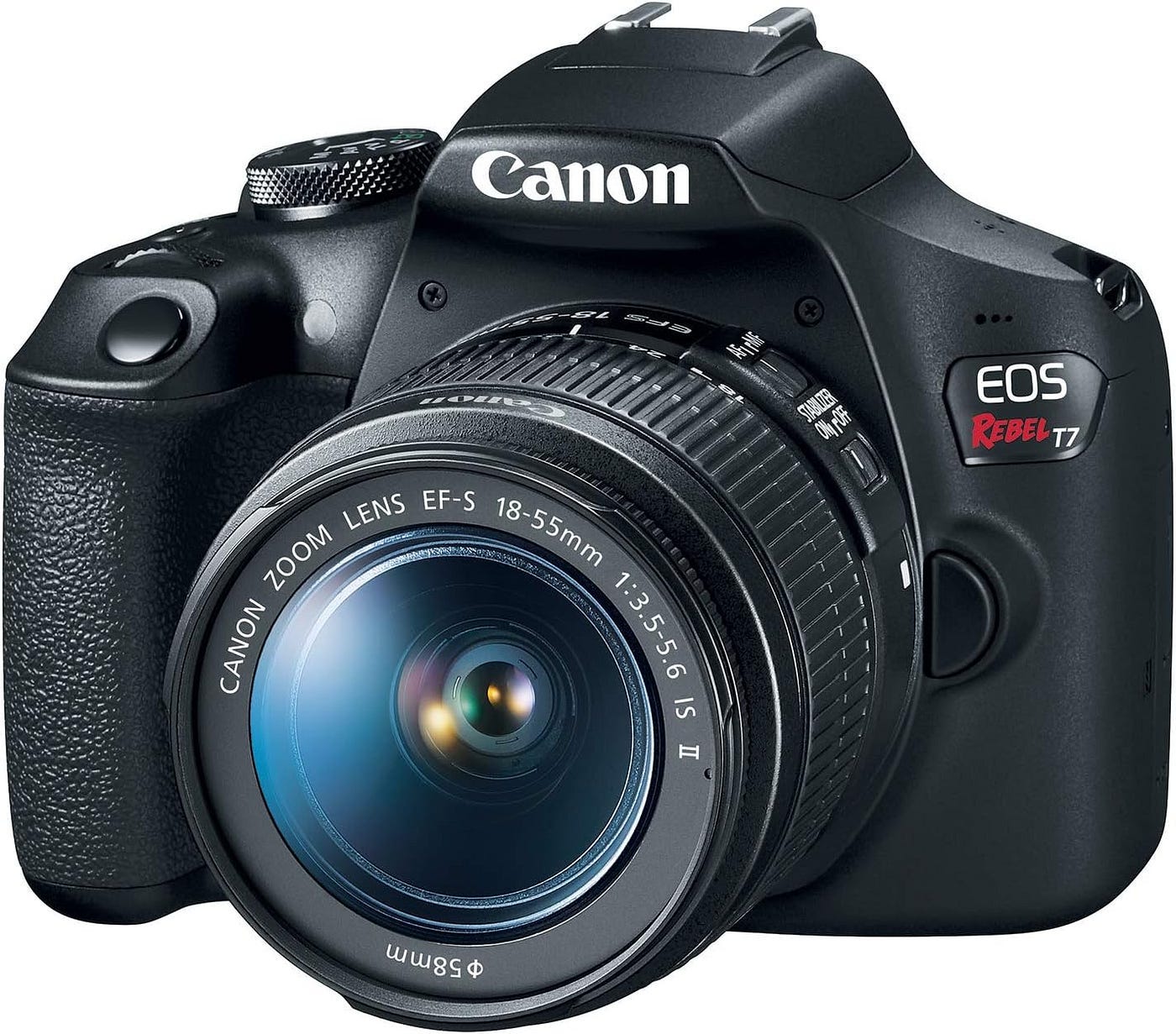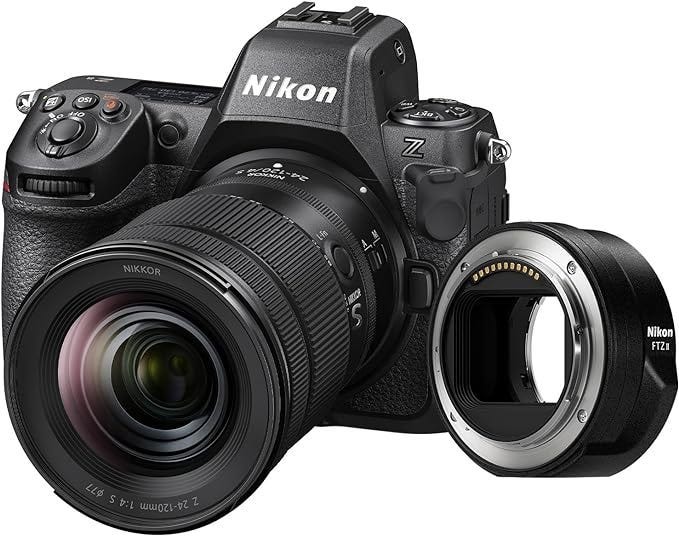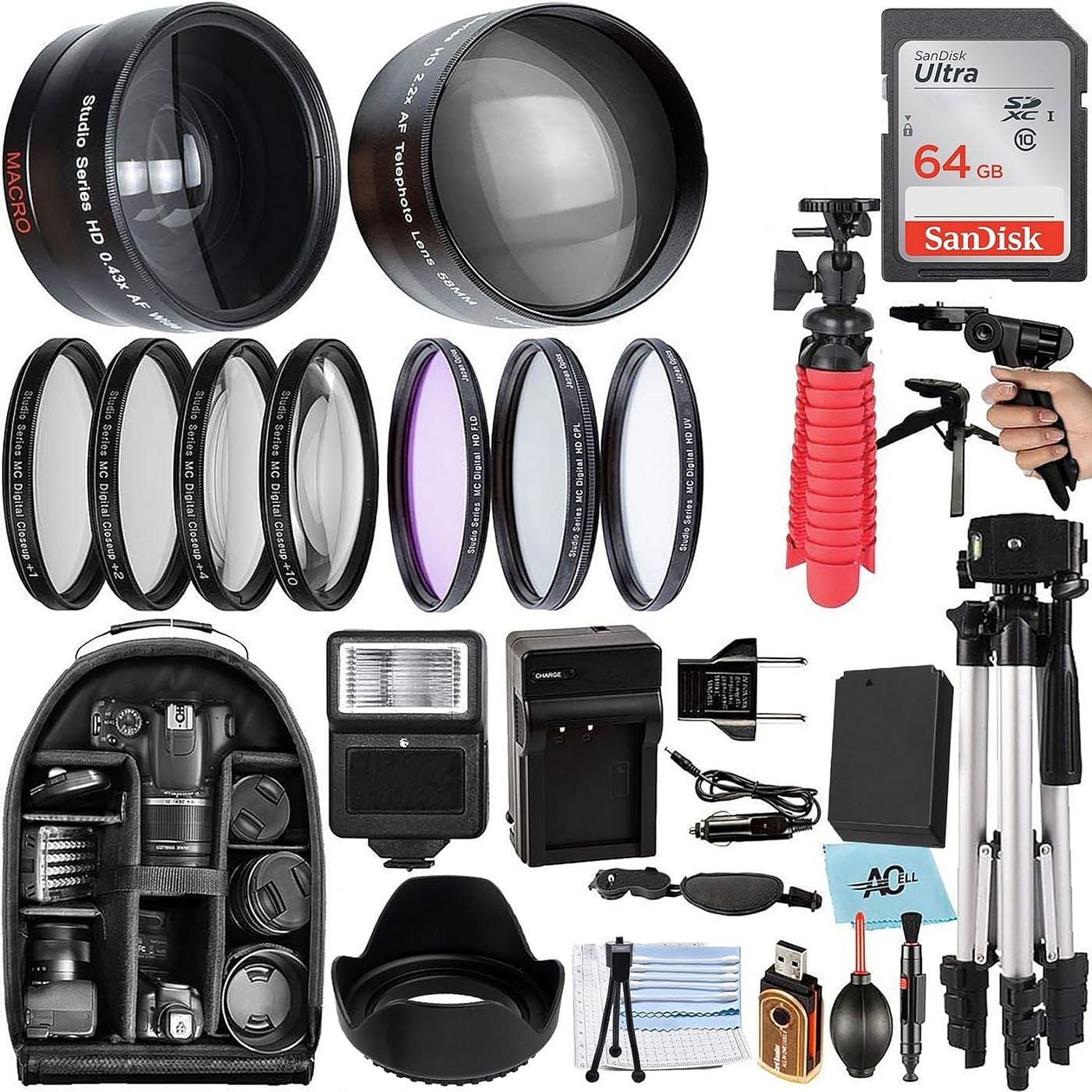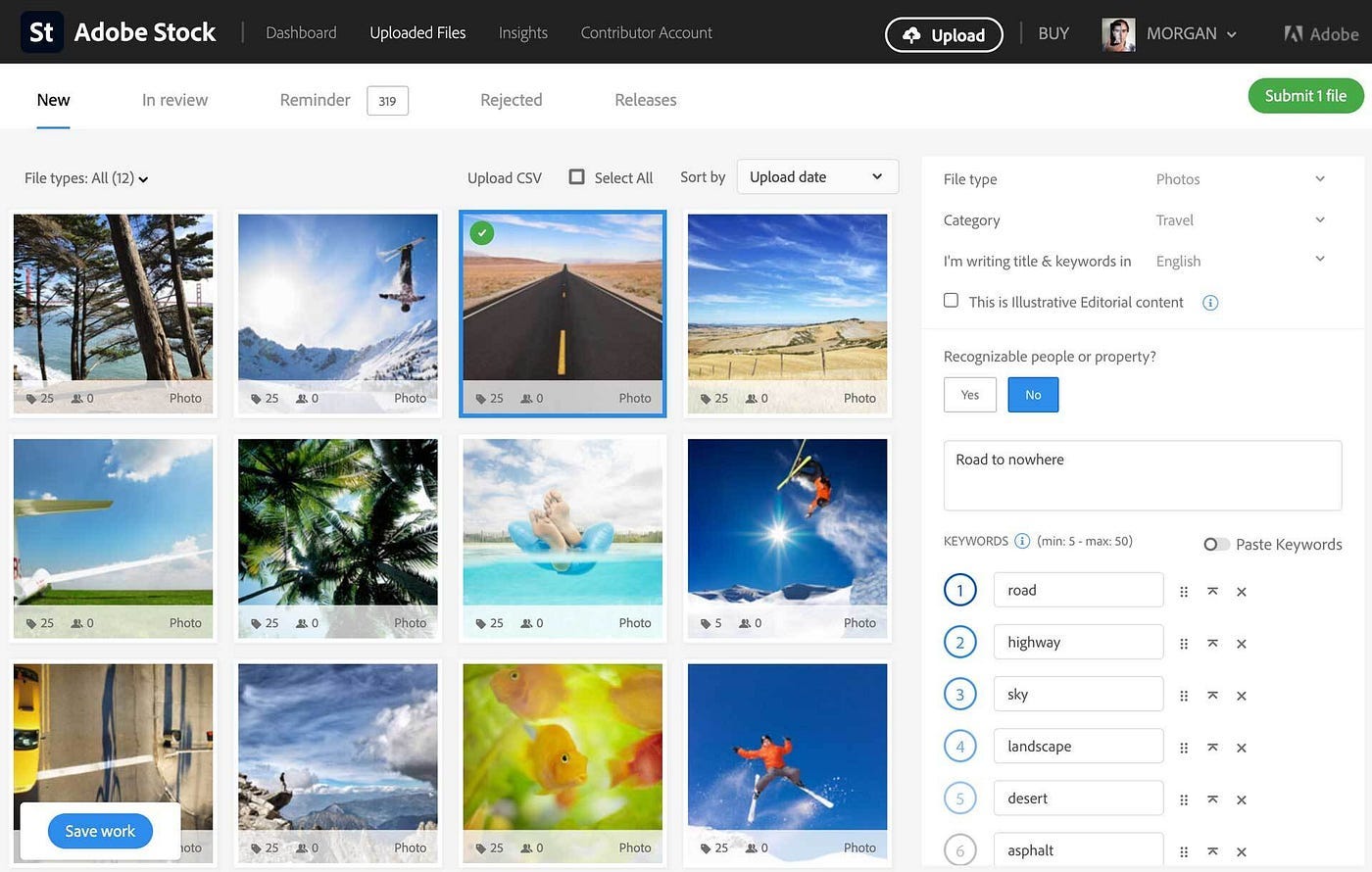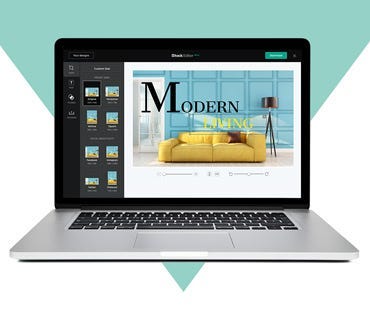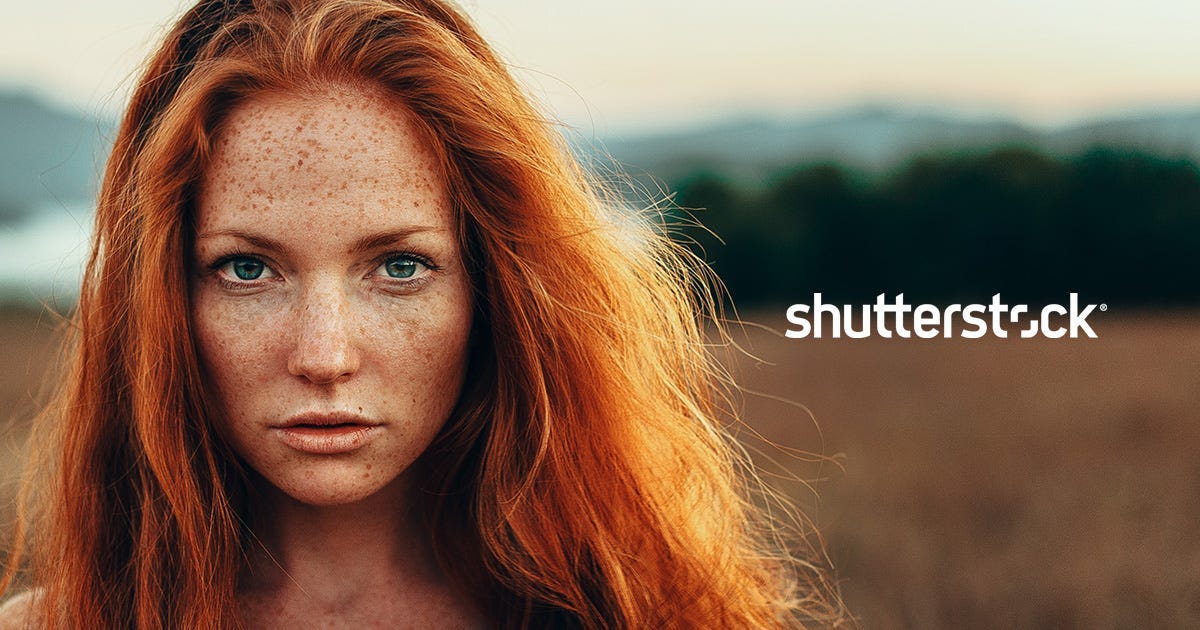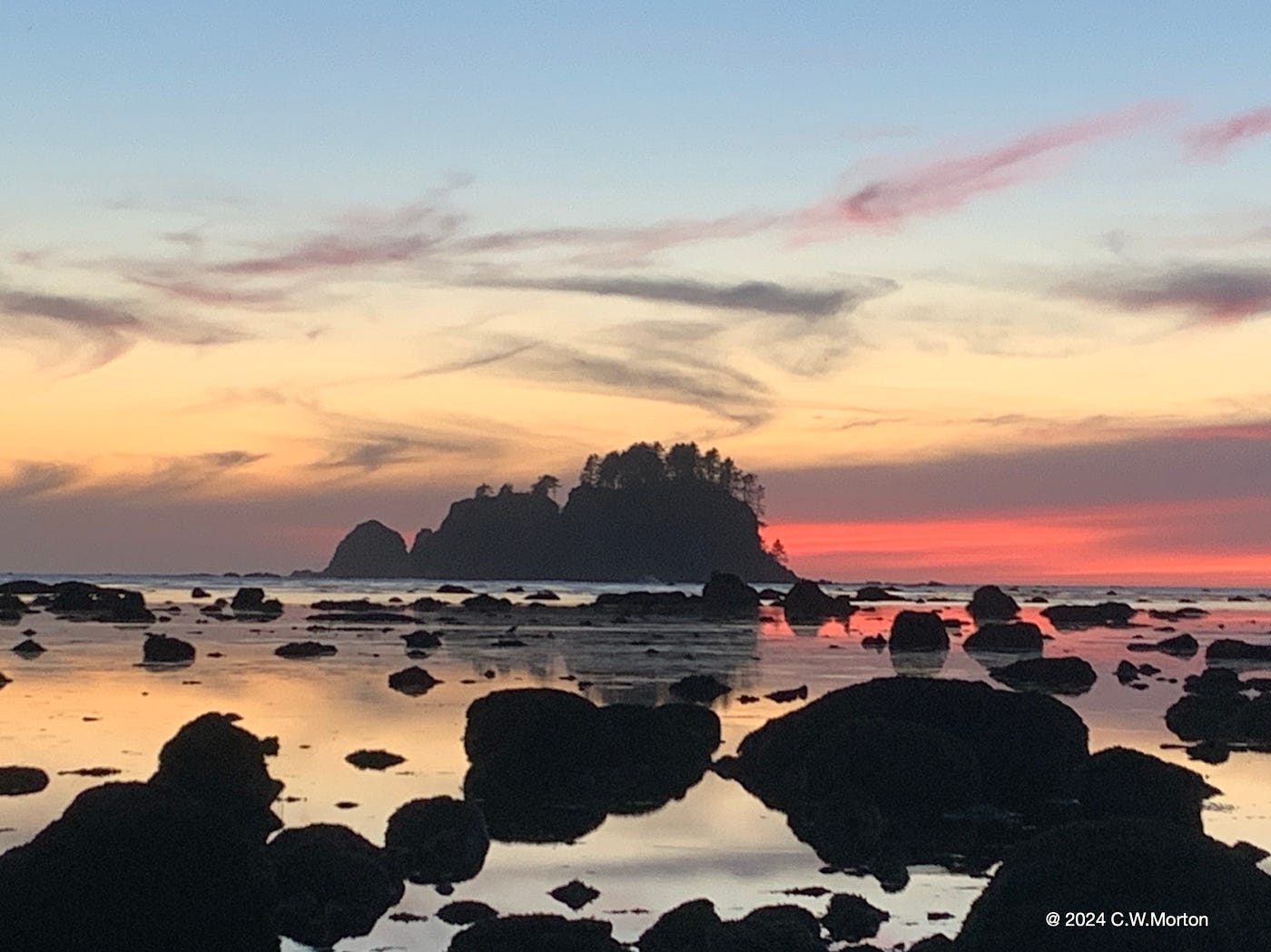Well. Almost hands-free.
You must enjoy going on adventures snapping hundreds of photos.
If that sounds like you, read on.
If not, get outta here, no one needs that kind of negativity. Jeez.
I find photography fulfilling, and because I hike as much as I can and love to snap nature photos anyway, it’s a no brainer.
Why not sell them?
Eager to dive in?
It’s never been easier to start being a professional photographer.
You just need good photos, and a platform to sell them.
Let’s take a look at what you need to really get going.
You need a good Camera, or …. a newer Cell Phone.
It’s true. You really do not need a professional grade camera anymore to get wonderful results.
Though you will get better photos if you splurge on a DSLR Camera, you don’t have to.
As long as you have an iPhone X or better, or an Android with camera specs that rival it, you should be good to go.
In fact, cell phones also add the modern convenience of filters, and automatic background blur if you choose.
(Creative use of blur, not…. ugly unintentional blur)
A short list of Excellent Cameras and Mobile Phones.
iPhone 10 or newer.
These phones have some pretty amazing cameras and automatic features that turn almost any novices haphazard snapshots into surprisingly good photos.
I’ve shot photos that I have received compliments from professional photographers from, and they were jaw-dropped to learn I just snapped them on my phone.
Photos like the one below, that I snapped at Paradise Trail on Mount Rainier:
That was taken using an iPhone XR!
The detail still blows my mind.
If someone would have told me in 2012 that cell phones will one day do that, I’d have laughed.
About the only thing iPhones can’t do well — is zoom.
It’s nothing like the zoom on a pro DSLR camera.
Samsung Galaxy S24
Though I have not personally used an Android, there are many raving reviews about the Samsung Galaxy S24.
And just look at the insane amount of lenses on the thing!
It’s a beautiful phone, aesthetically.
Definitely a solid rival for the iPhone.
Though you won’t save any money on one, they are now priced at the same level as the iPhone.
Samsung isn’t messing around.
Canon EOS Rebel T7 DSLR Camera
When you really want to take your adventure pro, a serious DSLR camera has never been more affordable.
The Canon EOS Rebel T7 is a perfect entry level DSLR.
24.1 Megapixel CMOS (APS-C) sensor with is 100–6400 (H: 12800)
Built-in Wi-Fi and NFC technology
9-Point AF system and AI Servo AF
Use the EOS Utility Webcam Beta Software (Mac and Windows) to turn your compatible Canon camera into a high-quality webcam.
Of course, you can also buy the Top of the Line Amazeballs DSLR, if you feel like spending a pretty penny on your hobby!
The newest from Canon includes advanced AI developed features!
Behold. The King of Cameras.
No.
The Emperor.
Nikon Z8
45.7MP stacked CMOS sensor and EXPEED 7 processing engine.
Nikon’s most advanced autofocus system.
AF algorithm developed using deep learning technology, detects focus as low as -9 EV, combines subject detection and 3D tracking. It detects and tracks people, dogs, cats, birds, cars, bikes, motorcycles, trains and planes.
This thing is alive. (queue ominous music)
Time to Accessorize
The ways you can geek out accessorizing camera gear is pretty fun. It becomes a hobby in no time.
Everything from stands, specialty lenses, to drones that can fly it around for a birds eye view.
Click here to check out Accessories for Digital Cameras
Once you have your weapon of choice, you need to select a stock photo marketplace and start uploading / selling.
My favorite platform is Adobe Stock.
Adobe Stock
Adobe Stock is like a readymade meal; readily available, time-saving, and designed to meet various tastes and requirements.
People save a lot of time by licensing pre-existing photographs for their commercial or personal projects.
Adobe is one of the oldtest most trusted premier editing softwares, so it has ALOT of users.
Publishing here means access to a VERY large corporate audience.
The buyer respects the permissible usage, pays the appropriate fee, and voila — no worries about hiring a professional photographer or weather conditions making a twist to the photo shoot.
iStockPhoto by Getty Images
My next favorite platform is iStockPhoto.
A very popular platform, with a large user base, and very search friendly.
GettyImages is one of the highest paying stock photo platforms for photographers there is.
But they also gatekeep and work with mostly pros.
Expensive licenses for what is literally World Class photography by famous photographers and industry pros.
iStockPhoto….. is their platform built for everyone.
Shutterstock
This was the first platform I ever used.
I didn’t sell much on Shutterstock, but to be fair, I also didn’t give them my best pics.
I used this service long before I bought an iPhone, and was using a digital camera at 6MP.
This one boasts having the largest library of photos of any stock photo platform. A whopping 475 Million!
So yeah. Your photos will be among MANY others.
Still.
I know photographers who earn quite a bit from this platform.
There are quite a few stock photo platforms out there, but I find these three to be the most easily accessible.
Getting Started with Stock Photography
“But how do I start?”
1. Take Photos
Do you see every moment as a potential postcard?
You better.
That’s one core principle of successful stock photographers.
Treat your camera as your conjoined twin and seize the moment, whether it involves charming dogs, delicious food, or awe-inspiring landscapes.
Different buyers have diverse needs, so a versatile portfolio is an echoing YES to a wider audience.
2. Quality Over Quantity
A clear, focused, and quality photo free from clutter fascinates buyer’s eyes.
Blurry or poorly lit images register as a big no-no.
Therefore, focus on offering top-quality and relevant images rather than a bulk of mediocre snaps.
Pro tip: Always keep your device handy to capture sharp and high-resolution photographs. If you shoot with your phone, this is likely already a reality.
3. Understand Market Trends
Keep tabs on social media, marketing publications, and design trends to stay relevant.
Having your finger on the pulse of what types of images businesses need will always leverage your stock photo venture.
4. Understand Stock Photo Licensing
To translate your stock photo venture into a hands-free revenue stream, understanding the licensing rules is pivotal.
Royalty-free (RF) allows buyers to use the image multiple times after purchasing the license, without additional fees. However, they cannot resell the image.
Rights-managed (RM), on the other hand, lets buyers use the image for a specific purpose, as defined by the licensing agreement. Any additional usage would require an extra fee.
Extended or Enhanced Licenses grant usage rights beyond conventional RF or RM licenses.
Your photos could cater to a wider audience by considering a mix of licenses, including RF and RM.
How to Promote Yourself
Creating a passive income from stock photography isn’t a jigsaw puzzle.
With a sprinkle of perseverance, a dash of creativity, and boat-load of quality photographs, you’ll be able to sell your photos and earn from it.
It may take a while to put yourself out there, as you may want to promote yourself in various ways or create content to draw attention to your work.
Allow a few popular people to use your images for free, as long as they reference or show the source.
This can be bloggers, designers, or even YouTubers.
YouTube video makers who are willing to use your photo with your name as a source on the video image, are always solid.
Never underestimate the popularity of campefire, ocean, or mountain photo slideshow to a solid extended music bed, or “relaxing sounds of nature”.
Do a quick search. There are so many of them.
Another easy way to promote your work.
Well? What are you waiting for?
Get going. You have photos to shoot.
Thank you for reading!
Until next time….
Onward and Upward Everybody!
-Chris









